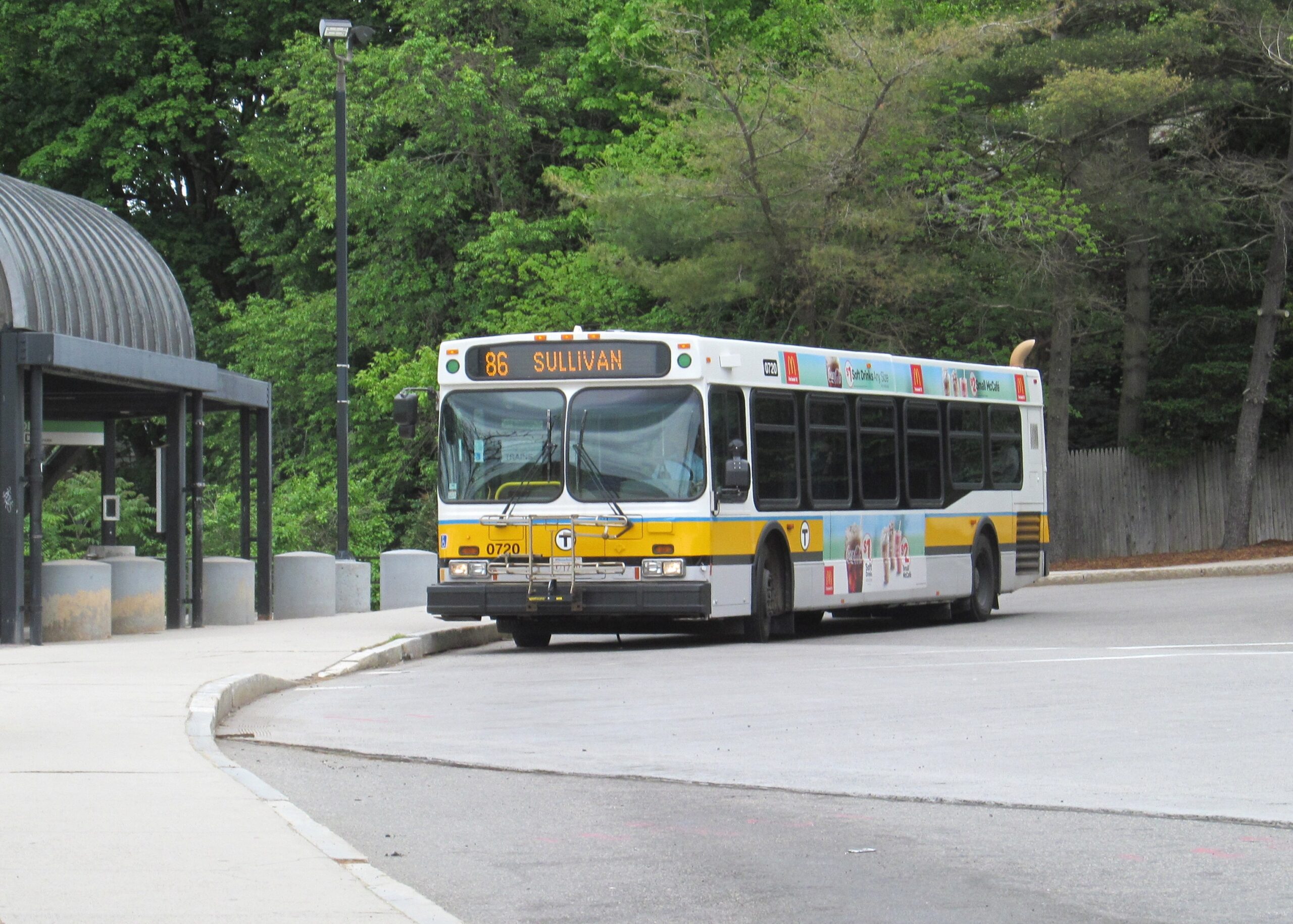86 bus route Liverpool: Navigating the city’s arteries, this vital public transport link serves numerous communities. This report delves into the specifics of the 86 route, examining its schedule, accessibility, passenger experience, and integration with other transport systems. From its timetable and key stops to its socio-economic impact, we provide a comprehensive overview for residents and visitors alike.
This in-depth analysis considers everything from the frequency of service and ticket pricing to passenger feedback and future improvements planned for the route. We aim to provide a clear and informative resource for anyone seeking to understand the role of the 86 bus in Liverpool’s public transport network.
Liverpool’s 86 Bus Route: A Comprehensive Overview: 86 Bus Route Liverpool
The 86 bus route is a vital artery in Liverpool’s public transport system, serving a diverse range of communities and connecting key areas across the city. This article provides a detailed analysis of the route, encompassing its operational details, passenger experience, integration with other transport modes, and its overall socio-economic impact.
Route Details
The 86 bus route traverses a significant portion of Liverpool, connecting residential areas with commercial centers, educational institutions, and healthcare facilities. The route begins at [Starting Point Name] and terminates at [Ending Point Name], passing through numerous key stops and landmarks.
A typical weekday journey takes approximately [Time] minutes, while weekend journeys might be slightly longer due to increased traffic. Specific journey times for key segments of the route are available on the relevant transport authority’s website. Bank holiday schedules may vary; passengers are advised to check the latest timetable before travelling.
| Stop Name | Estimated Time (minutes) | Nearby Landmarks | Accessibility |
|---|---|---|---|
| [Stop 1 Name] | [Time] | [Landmark 1], [Landmark 2] | [Accessibility details, e.g., ramp access, level boarding] |
| [Stop 2 Name] | [Time] | [Landmark 3], [Landmark 4] | [Accessibility details] |
| [Stop 3 Name] | [Time] | [Landmark 5], [Landmark 6] | [Accessibility details] |
Bus Service Information
Buses on the 86 route operate with a frequency of approximately [Frequency] during peak hours and [Frequency] during off-peak hours. Night service availability varies; details can be found on the official timetable. Ticket prices are tiered based on distance travelled, and payment options include contactless payment, mobile ticketing apps, and physical tickets purchased from authorized retailers.
All buses on the 86 route are equipped with features to ensure accessibility for passengers with disabilities. These include low-floor access, designated wheelchair spaces, and audio-visual announcements. The buses used on this route are typically [Bus Type], with a capacity of approximately [Capacity] passengers.
Passenger Experience
Passenger experiences on the 86 route vary depending on the time of day. Peak hours may experience higher levels of crowding, while off-peak travel is generally more comfortable. Cleanliness is maintained through regular cleaning schedules, although occasional instances of litter may occur. Compared to other similar routes in Liverpool, the 86 route’s passenger experience is considered [Positive/Negative/Neutral assessment] based on available feedback and reviews.
Potential improvements could include increased bus frequency during peak times, enhanced onboard amenities (e.g., USB charging ports), and more frequent cleaning schedules. To gather further passenger feedback, a short survey could be implemented, including questions such as:
- How punctual was the bus?
- How comfortable was your journey?
- How satisfied were you with the overall service?
- What suggestions do you have for improvement?
Route Integration and Connectivity
The 86 bus route seamlessly integrates with other forms of public transport in Liverpool. Key transfer points include [Location 1] for connecting with the [Train Line/Bus Route], and [Location 2] for transferring to [Train Line/Bus Route]. Typical transfer times vary depending on the connection and range from [Time] to [Time] minutes.
Expand your understanding about brentford fc vs manchester united with the sources we offer.
Utilizing the 86 bus in conjunction with other transport options offers enhanced accessibility to various parts of the city. However, potential drawbacks include longer overall journey times if transfers are involved and potential delays caused by disruptions on connecting services.
A map illustrating the 86 bus route’s integration with other transport networks would show the route’s path overlaid on a map of Liverpool’s public transport system. Key transfer points would be highlighted with clear markers, including estimated transfer times.
- Transfer Point 1: [Location 1]
-Connection to [Train Line/Bus Route]
-Estimated Transfer Time: [Time] - Transfer Point 2: [Location 2]
-Connection to [Train Line/Bus Route]
-Estimated Transfer Time: [Time]
Impact and Significance, 86 bus route liverpool

The 86 bus route plays a significant role in the socio-economic fabric of Liverpool. It provides essential transport links for residents accessing employment opportunities in various sectors, educational institutions, and healthcare facilities located along its route. Recent improvements to the route include [Specific Improvement 1] and [Specific Improvement 2], while future plans may involve [Planned Improvement].
A visual representation of the 86 bus route’s impact would show a map of Liverpool highlighting the areas served by the route. Different colors could represent the types of services accessed (e.g., employment, education, healthcare), illustrating the route’s contribution to the overall well-being of the communities it serves. The map would also highlight key stops and landmarks, providing a clear picture of the route’s reach and impact.
The 86 bus route in Liverpool plays a crucial role in connecting communities and facilitating access to essential services. Understanding its intricacies, from its timetable and accessibility features to its integration with other transport modes, is key for both residents and visitors. While challenges remain, ongoing improvements and community feedback will continue to shape the future of this vital public transport artery.

